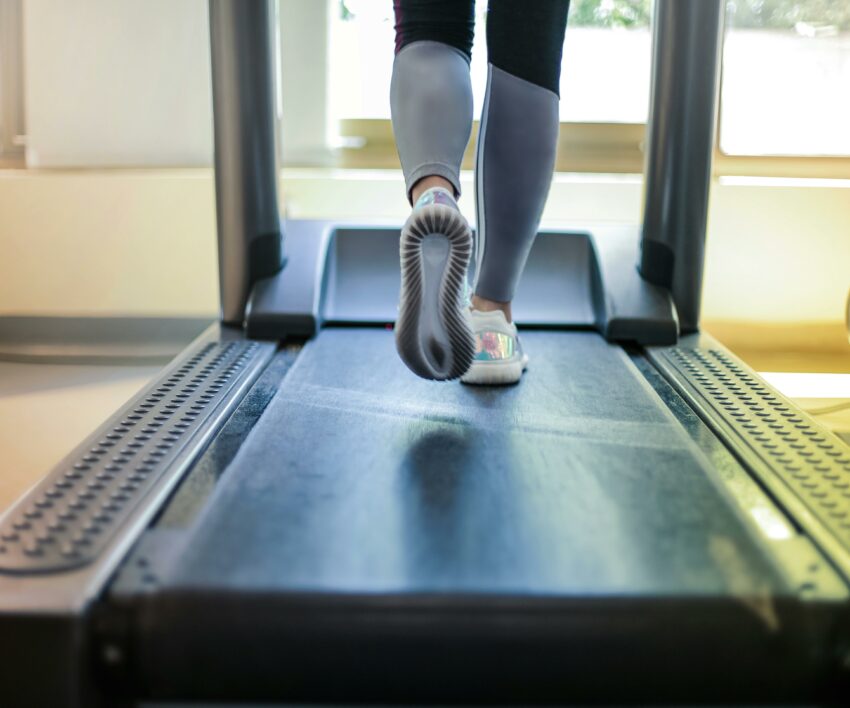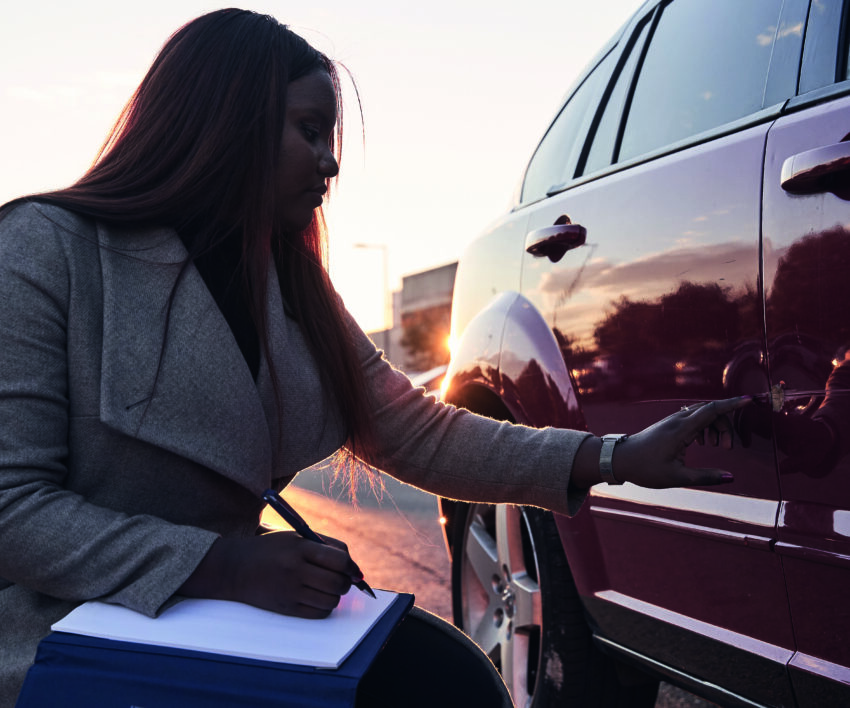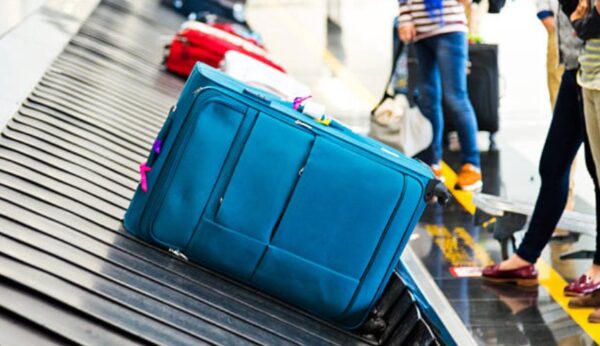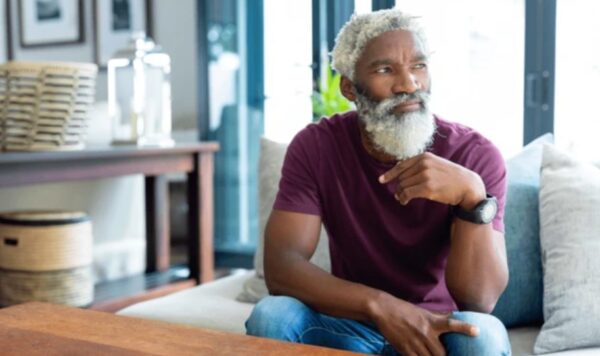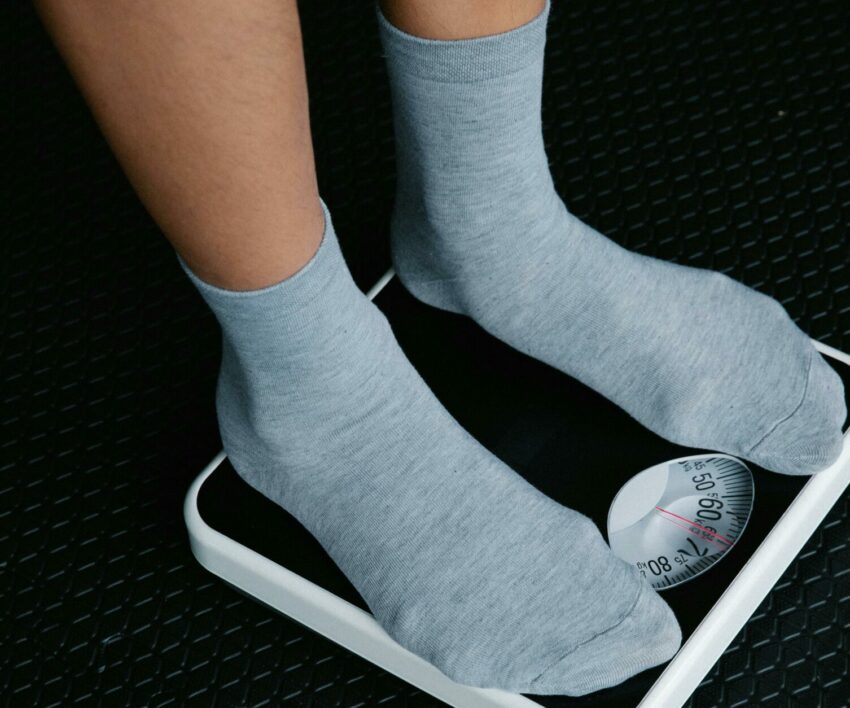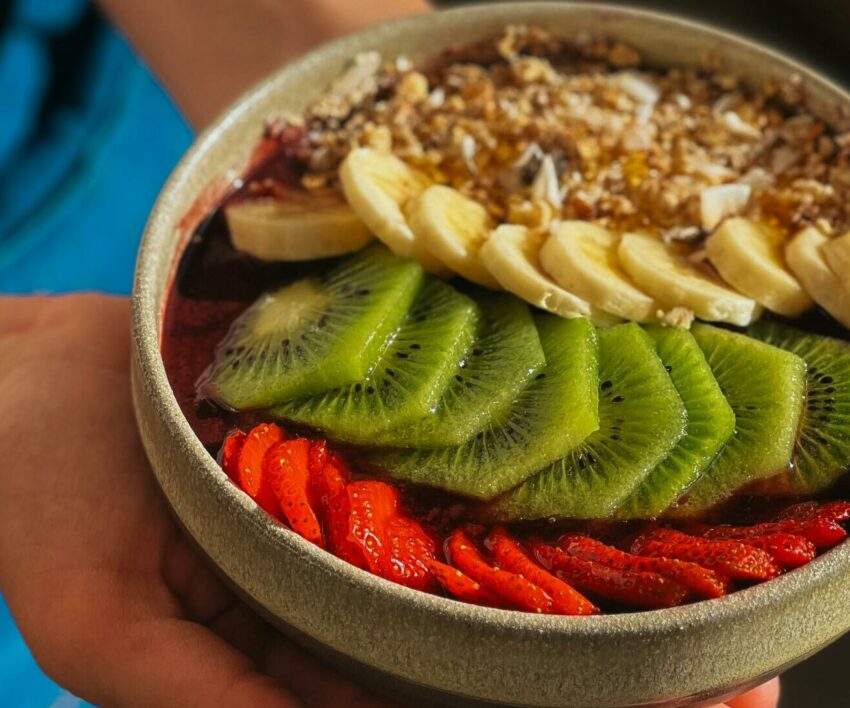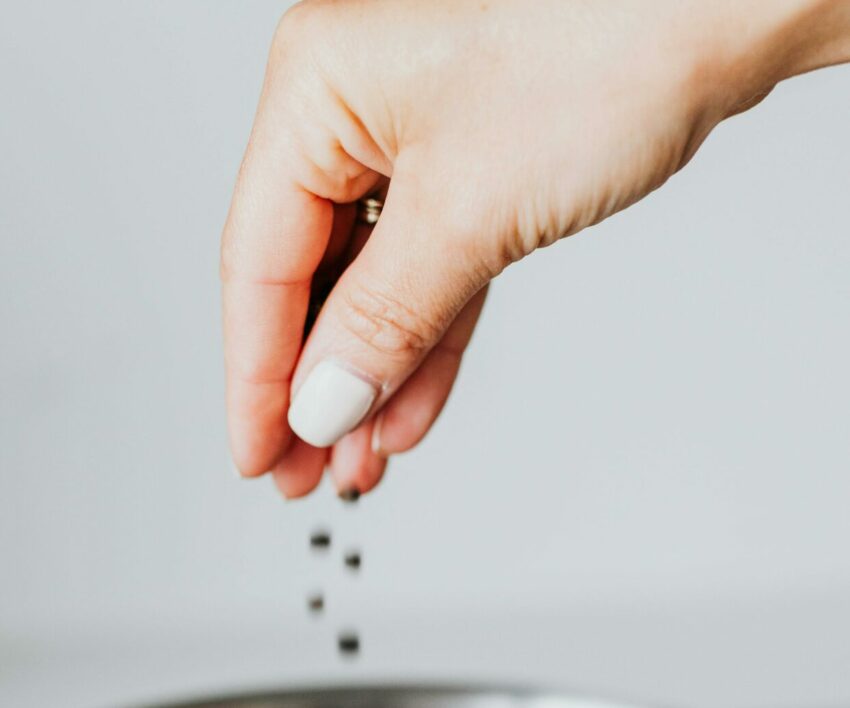PICTURE: PEXELS/ GYM SHOES
If you’ve ever walked into the gym wearing your old running shoes and wondered why your feet are sore afterwards, you’re not alone.
Choosing the right workout shoes might not seem like a big deal, but the truth is that the footwear you pick can significantly impact your performance, posture and long-term joint health.
Whether you’re lifting weights, sprinting on the treadmill or powering through a HIIT class, your gym shoes are your foundation – and if they’re not supporting you properly, your entire workout suffers.
One shoe doesn’t fit all
A common mistake many gym-goers make is assuming one pair of trainers will work for every type of exercise. But different workouts demand different forms of support.
Running shoes, for example, are designed with forward motion in mind. They offer cushioning and heel support that absorb impact as your feet strike the ground. However, that same cushy sole might leave you feeling unstable during strength training or lateral movements.
If you’re into lifting, stability is key. Flat-soled or minimal-drop shoes are often preferred because they keep your foot closer to the ground and improve your balance – ideal for squats, deadlifts and any movement where proper posture and alignment matter. For dynamic classes like HIIT or circuit training, a cross-training shoe with multi-directional support will help you stay light on your feet while reducing your risk of injury.

It’s not just about the brand
While it’s easy to get swept up in trends, the most expensive or hyped-up pair of gym shoes won’t necessarily be the best fit for you. What matters most is how the shoe complements your foot shape and workout style. Are you someone with flat feet or high arches? Do you tend to overpronate or supinate when you walk or run? These factors can affect everything from your gait to how pressure is distributed during training. A proper fit is non-negotiable, so it’s worth getting your foot measured or even visiting a store that offers gait analysis.
Breathability and durability matter too
Your workout shoes go through a lot, so they must be made of materials that can withstand constant movement while keeping your feet comfortable. Mesh panels or breathable uppers can help prevent overheating, especially during cardio-heavy sessions, while a solid grip on the outsole can reduce slipping on gym floors. Look for signs of wear regularly – if the cushioning feels flat or you notice uneven tread, it might be time for a replacement.
The lifespan of a good gym shoe
On average, your workout shoes should be replaced every six to twelve months, depending on how often you train and the intensity of your sessions. Avid gym-goers or runners might need to replace theirs sooner, especially if they start to feel discomfort or a lack of support mid-session. Rotating between two pairs – for example, one for cardio and one for weights – can help extend their lifespan and keep your workouts safer.
Ultimately, investing in the right pair of gym shoes is less about style and more about the sustainability of your body, your performance and your long-term fitness goals. What you wear on your feet can influence everything from how you move to how you recover. So the next time you’re lacing up for a workout, ask yourself if your shoes are helping or hindering your progress. If it’s the latter, it may be time for a change.
Compiled by: Jade McGee
First published on Woman & Home
Also see: How to upcycle your existing clothes
